By all appearances, the year 2012 was a significant one for Bikram Choudhury. As was well publicized, Choudhury sued his former protégé Greg Gumucio at the end of 2011 for intellectual property infringement. Gumucio developed Yoga to the People, his own studio chain, and charged students to practice the 26-posture Bikram sequence at a much lower price. In June, Gumucio was granted the right by the federal copyright office to teach the sequence in his comparably hot rooms. But despite this ruling, earlier this month Gumucio acquiesced to Choudhury and committed to no longer teaching the sequence by this coming February. Gumucio intends to develop a different hot yoga sequence to be taught at his studios instead. In the end, Choudhury emerged victorious.
But did he? As the lawsuit was covered, different people chimed in with their own perspectives, whether they were unfavorable... or really unfavorable. Critics of the lawsuit have discussed how greedy it is, and how it's contrary to the service of teaching yoga.
Yoga postures were created when the ancient sages of India observed how animals stretched themselves out as they woke from sleep and conducted themselves in their natural habitats. They began to emulate these stretches so as to open up their body and give themselves the strength and flexibility to sit for prolonged periods of time. With an extensive sitting practice, they could develop higher practices like concentration and meditation and ultimately relieve themselves of the suffering they endured as a result of their ego and attachments. When they relieved their suffering, they emerged peaceful.
In witnessing a lawsuit such as one between Choudhury and Gumucio, it can be very easy to engage in a debate as to who is wrong, who is right, and who should emerge victorious. But when we engage in an argument like this, we are allowing our mind to impose itself on the situation and rely on victory -- on being right -- to feel fulfilled. But what about the one out of every two times in life in which we lose? What if we are judged to not be right but wrong? If we allow our ego to base our happiness on victory, we are setting ourselves up to suffer at least half of our lives.
When speaking of the lawsuit with Gumucio, Choudhury was quoted in an LA Weekly article as having said, "I am going to go to go to trial to get him punishment, to make him an example, so no one will ever have the guts to do that same kind of shit." He wasn't just suing, but he declared his intention to be punitive in the process. The profane, incendiary nature of this statement implies that it is derived from intense anger -- the kind of anger that suggests immense amounts of suffering.
But, the purpose of this piece isn't to call anyone out for being wrong -- for that would simply be an imposition of the ego on the situation. With an article like this, there's a delicate balance to be held between singling out Mr. Choudhury as a person who is wrong and simply identifying someone who appears to be in quite a lot of pain. It's not saying to someone, "Ha ha, you're suffering," but rather, "If you feel that you are suffering and aren't content with that existence, then come and meditate with me for a while and find your balance once more." Rather than try to make someone sound wrong, the purpose of this article is to explore the potential yoga postures have to open the body so that we may sit for longer periods of time as was always intended. With this practice, each of us has the potential to enjoy a far less contentious existence.
This exploration can begin right now. Below are three basic postures you can try so as to open your body up, allow yourself to enjoy some silence, and relax a bit before you work your way through the remainder of the holiday season. With these postures, you'll find greater calm as well -- so maybe you'll be less likely to sue somebody when they snatch the last LOL Elmo off the shelf.
Child's Pose (balasana)
1.Breathe.
2.Come to your knees and rest your buttocks on your heels.
3.Exhale and lower your torso down so that your abdomen rests on your thighs and place your forehead on the ground.
4.Allow your arms to rest at your sides.
5.Breathe.
Hero's Pose (virasana)
1.Breathe.
2.Come to your knees so that your shins are on the floor and your buttocks rest on your heels.
3.Lift the top of your head as if someone were pulling it up with a string.
4.Place your hands on your knees.
5.Breathe.
Corpse Pose (savasana)
1.Breathe.
2.Lie on your back.
3.Allow your feet to open to the sides.
4.Rest your arms on the ground with your palms facing up.
5.Let go of any tension in your body and allow everything to sink into the floor.
6.Close your eyes.
7.Breathe.
Have questions for me? Comments? Visit me on my Facebook or Twitter page if you'd like to know more. And visit yogicameron.com to download a FREE sample of my upcoming book The One Plan, due out in January, as well as web-exclusive BONUS material.
For more by Yogi Cameron Alborzian, click here.
For more on yoga, click here.